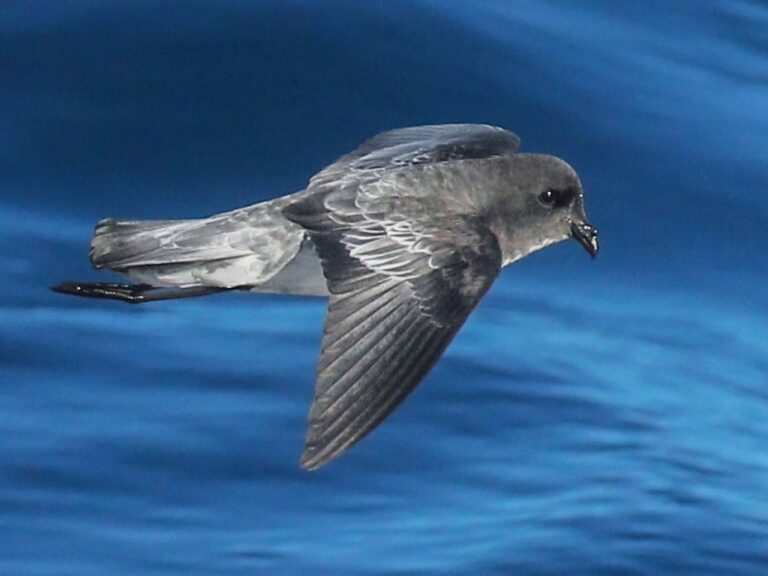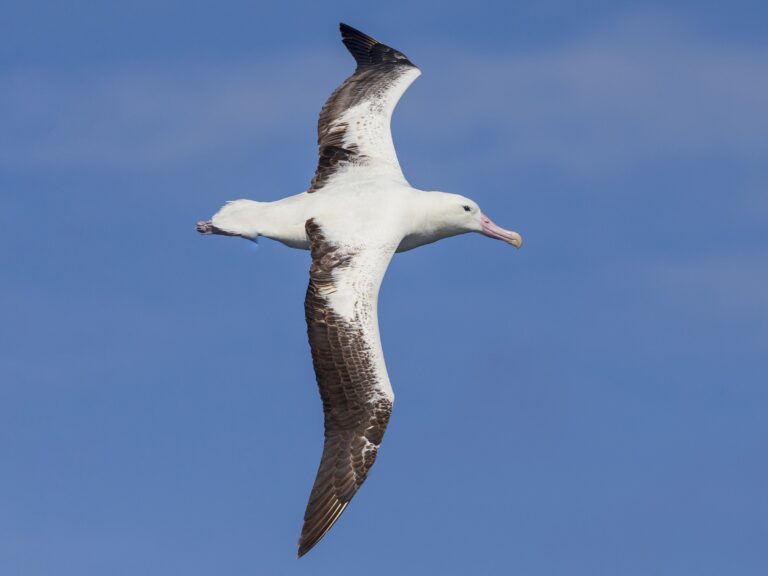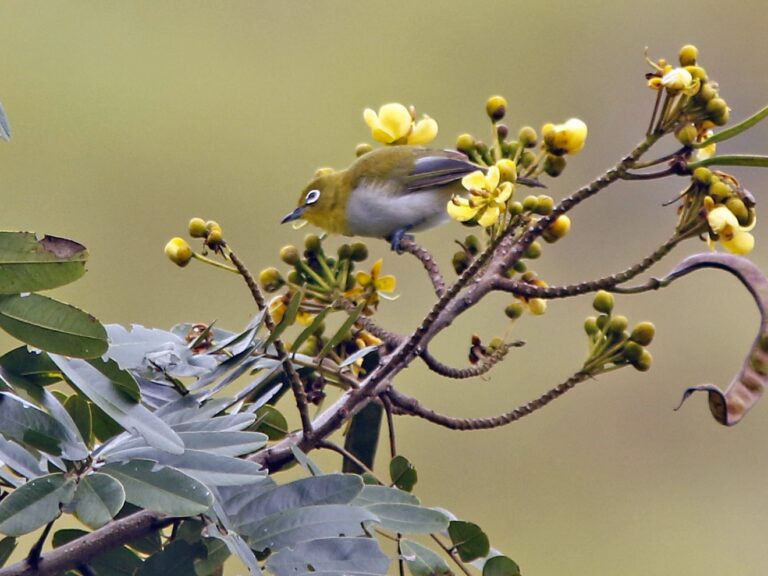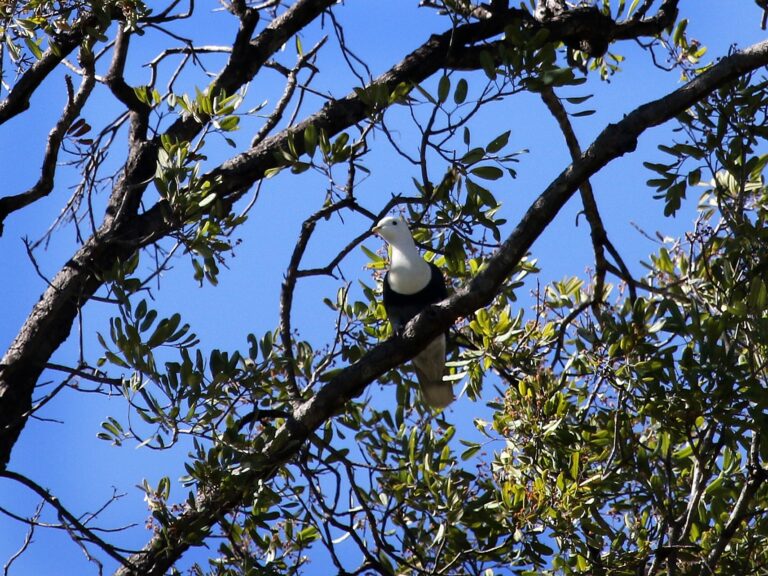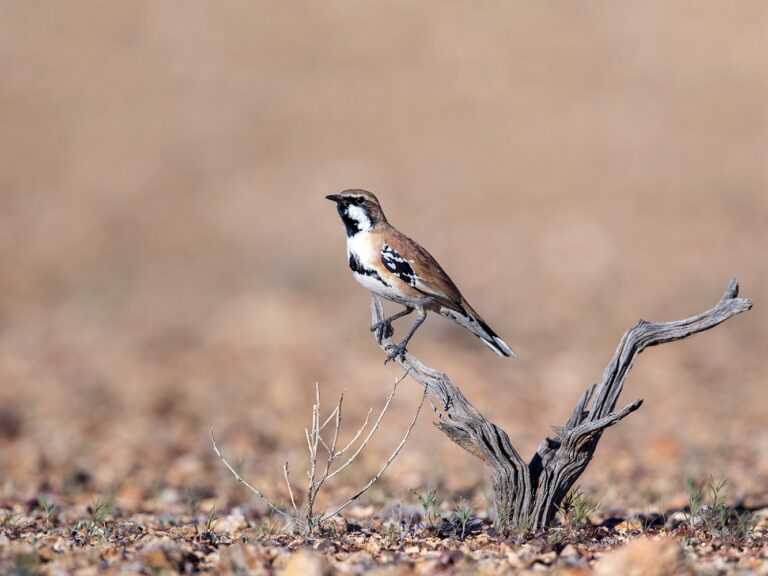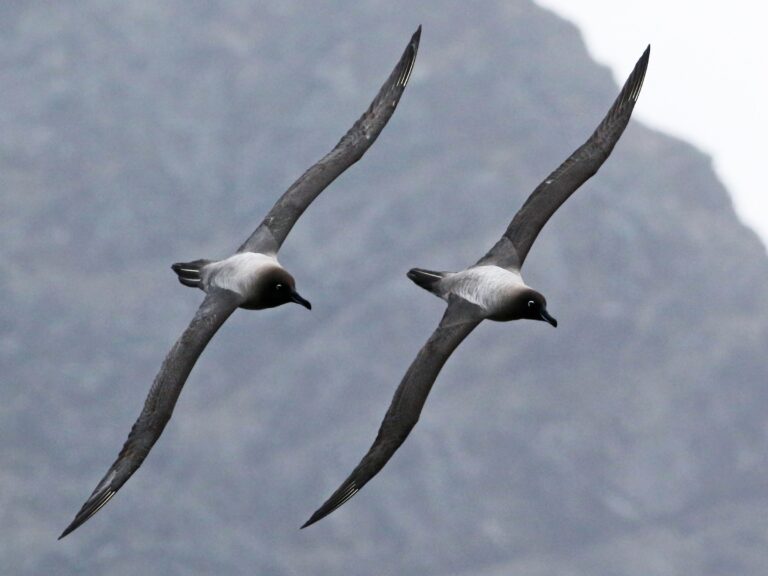Semipalmated Plover: A Comprehensive Guide to Its Habitat and Behavior
The Semipalmated Plover is a small shorebird known for its distinctive appearance and behaviors.
What are the patterns and destinations involved in the migration of Semipalmated Plovers?
Semipalmated Plovers migrate from their breeding grounds in the Arctic to wintering sites in the southern United States and Central America.
They usually travel in flocks and prefer coastal routes during migration.
How can one differentiate between a Semipalmated Plover and a Piping Plover?
To tell the two species apart, note the Semipalmated Plover’s darker coloration and more defined black bands.
The Piping Plover typically has a lighter appearance and often shows a more prominent leg band.
What does the call of a Semipalmated Plover sound like?
The call of a Semipalmated Plover is a sharp “diddik” or “didit.” This sound is often heard during foraging or when they feel threatened. The call is a key part of their communication.
How does the size of the Semipalmated Plover compare to other shorebirds?
The Semipalmated Plover is relatively small, measuring about 6.5 to 7 inches in length. In comparison to other shorebirds, it is similar in size to the Piping Plover but is generally heavier.
What is the range and habitat of the Semipalmated Plover?
The Semipalmated Plover breeds in the Arctic regions of Canada and Alaska. It prefers open areas such as gravel beaches and mudflats. During migration, it can be found along coastlines and freshwater lakes.
What are the main identifying features of a female Semipalmated Plover?
The female Semipalmated Plover has a brownish back and a white underside. It features a distinctive black band across its forehead and another around its neck. These traits help distinguish it from other shorebirds.
Conservation efforts are essential to ensure these areas remain protected.
Migration is critical for their life cycle. Semipalmated Plovers travel long distances between breeding and wintering grounds. Immature individuals, along with adults, rely on specific stopover sites during migration.
Important habitats for these plovers include coastal regions, sandy beaches, and mudflats. Conservation actions in these areas can help maintain healthy populations.
The species has a unique adaptation with partially webbed toes, which aids in walking on wet surfaces.
As such, the understanding of their habitat preferences is vital for effective conservation strategies.
Development of Young
After hatching, chicks are precocial, meaning they are relatively mature and mobile. They leave the nest shortly after, following their parents to find food.
The parents provide care, guiding them to safe feeding areas. The young plovers forage for insects, small invertebrates, and other food sources essential for growth.
Chick development is critical. They learn necessary survival skills quickly, as they have about 25 to 35 days before they can fly independently.
During this time, staying vigilant against predators is vital for their survival and eventual maturity.
Nesting Habits
Nesting usually begins shortly after females arrive. The female chooses a site on the ground, often in sandy or gravelly areas that blend with the environment. Nests are simple scrapes, lined with small pebbles or plant material.
Typically, females lay about four eggs. These eggs are well-camouflaged, which helps protect them from predators.
Nest placement is strategic, often near water, to avail resources during chick rearing.
Breeding Season
The breeding season for the Semipalmated Plover typically occurs during late spring to early summer. This period varies slightly based on their breeding range, primarily found in the northern tundra near the Arctic Ocean.
Males display striking breeding plumage to attract females.
Males establish territories that they defend vigorously. These territories are crucial for mating opportunities. Successful breeding depends on selecting a territory with ample food sources.
Social Behavior
Semipalmated Plovers are generally social birds, often seen in small flocks. This flocking behavior aids in foraging and reduces the risks from predators.
They communicate through calls during flight and while on the ground, signaling alerts or attracting mates.
Interactions within flocks can vary, with birds engaging in displays of aggression or courtship. Introduced birds can sometimes mix with native populations, affecting social structures.
Understanding these dynamics is crucial for studying their adaptability and survival strategies.
Migratory Patterns
Migration plays a vital role in the life cycle of Semipalmated Plovers. They typically migrate in small flocks during spring and autumn, covering long distances between breeding and wintering grounds.
Spring migration starts around late March to early April, as they travel from southern regions to coastal breeding sites. By July, most plovers have left their breeding areas to return to warmer climates.
This migratory behavior is guided by changing weather patterns and daylight.
Feeding Habits
Semipalmated Plovers primarily forage for small invertebrates along coastal shores and wetlands. Their diet includes items like crustaceans, insects, and worms.
They use a technique called “run and stop” while foraging, quickly running to a spot, pausing to search, and then moving again.
They can be seen in small flocks, often foraging together. This social behavior helps them detect predators more effectively. In areas with abundant food, they may compete but usually balance their foraging roles within the flock.
Common Habitats
Semipalmated Plovers favor a mix of habitats. On beaches, they often forage near the tide line, searching for small invertebrates.
Mudflats also serve as crucial feeding sites, especially during migrations.
In addition, they thrive in freshwater environments, such as shallow lakes, where they can nest and raise their young. These habitats provide opportunities to hunt for insects and other prey.
During the winter months, habitats expand to include coastal wetlands and sandy shores, allowing them to continue foraging effectively.
Breeding and Wintering Ranges
During the breeding season, Semipalmated Plovers are primarily found in northern Canada and Alaska. They prefer regions with short grasses and open spaces, often selecting sites near lakes and mudflats.
The breeding habitats are typically found in tundra areas, which provide essential nesting grounds.
In winter, these plovers migrate to the Gulf of Mexico, the Pacific Coastline, and areas in South America. They seek warmer beaches and wetlands where they can find ample food.
Their migratory route covers vast distances across North America, highlighting their adaptability to different environments throughout the year.
Size and Distinguishing Marks
Semipalmated Plovers are relatively small, measuring about 18 to 19 centimeters in length. They weigh between 40 to 55 grams, making them light and agile.
Their most notable distinguishing marks include a single black breast band. This band is thin and contrasts sharply with their white chest. Additionally, their legs are short and yellowish, further setting them apart.
Images of Semipalmated Plovers often highlight these features, making them easily recognizable in their natural habitats.
Plumage and Bill Features
Semipalmated Plovers exhibit striking plumage that varies by season. In breeding plumage, they have a rich, brown upper body with black and white markings. Their underparts are predominantly white, providing excellent camouflage against sandy and pebbly habitats.
The bill is short and pointed, suited for picking small invertebrates from the sand. It is dark with a noticeable black tip, which is a key identification marker.
These birds also have a distinctive black band across their forehead and around the eyes, enhancing their expressive facial features.
Key Takeaways
- The Semipalmated Plover is a shorebird known for its unique features and behaviors.
- They primarily feed on invertebrates found in coastal habitats.
- Understanding their conservation status is essential for protecting their populations.
This species, scientifically named Charadrius semipalmatus, can be found in coastal areas across North America during migration and breeding season.
With its short, stocky body and unique markings, this bird is not only common but plays a vital role in its ecosystem.
These plovers are remarkable for their foraging habits and diet, as they primarily feed on invertebrates found along sandy beaches and mudflats.
Their ability to thrive in various habitats showcases their adaptability, making them an interesting subject for bird watchers and nature enthusiasts alike.
Understanding the challenges faced by the Semipalmated Plover can shed light on the broader issues of shorebird conservation.
Readers will find that exploring the life of the Semipalmated Plover reveals much about its physical traits, behavior, and the environmental threats it encounters.
Whether a seasoned bird watcher or a curious novice, there is plenty to learn and appreciate about this fascinating shorebird.


